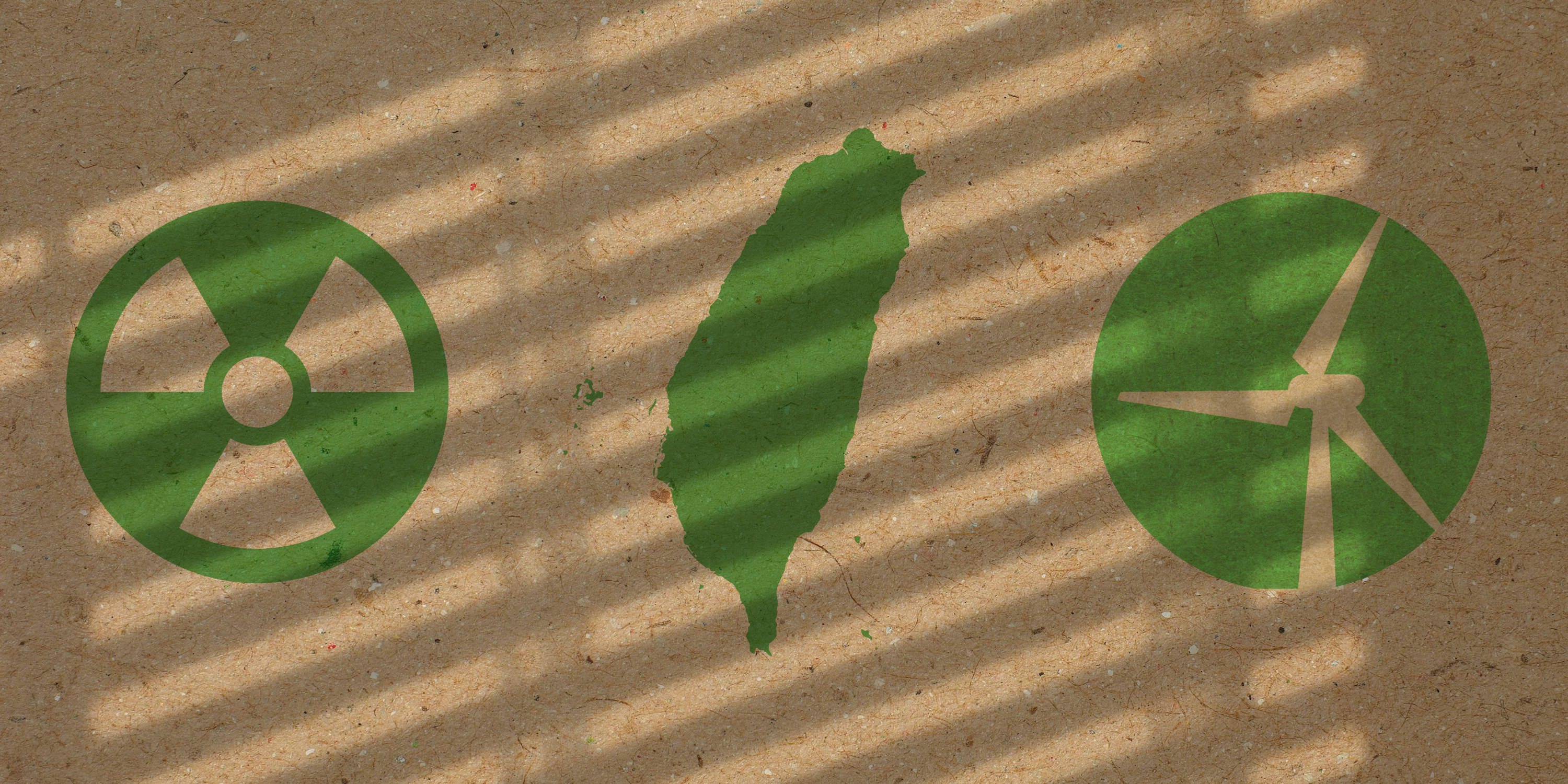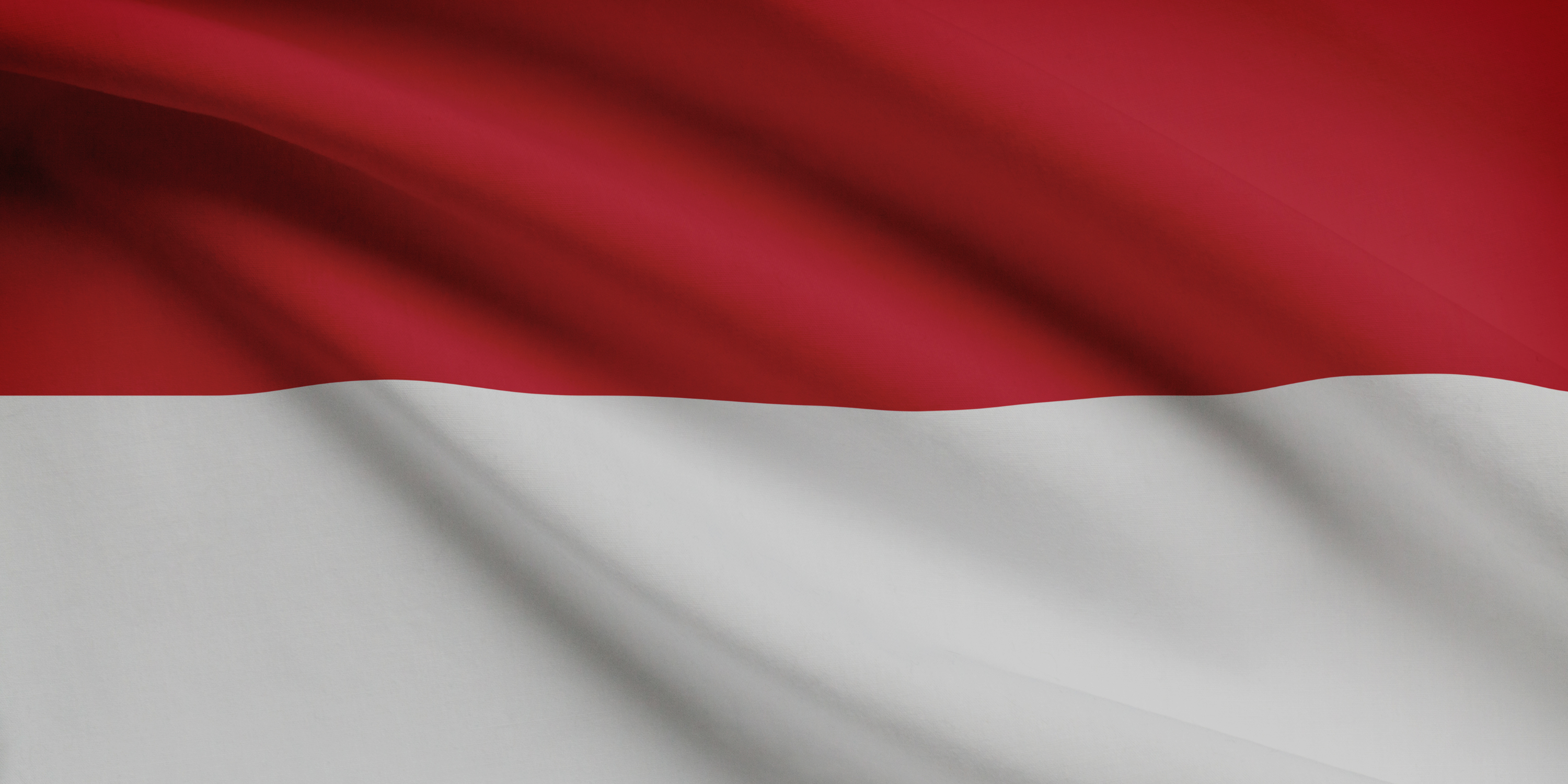Taiwan faces an urgent challenge in balancing its energy security, climate goals, and high-tech industrial growth as it approaches the 2025 deadline for decommissioning its last nuclear power plant.
Key takeaways:
- Taiwan’s commitment to a nuclear-free homeland and achieving net-zero emissions conflicts with its growing energy demands, driven by high-tech industries such as semiconductors and AI, which require stable and reliable power supplies.
- While Taiwan’s reliance on fossil fuels has filled the gap left by reducing nuclear power, this shift complicates its carbon reduction efforts, with the island now ranking as the third-largest per capita emitter of CO2 in the Indo-Pacific region.
- Taiwan must adopt a diversified energy strategy that includes a mix of renewable energy, nuclear power, and advanced energy management systems to ensure energy security, support industrial growth, and meet long-term climate goals.
An August meeting of Taiwan’s National Climate Change Response Committee has reignited the age-old nuclear energy debate. Experts and the general public are sharply divided, with strong sentiments on both sides. While the government’s official stance on a “nuclear-free homeland” remains unchanged, recent remarks by Taiwanese President Lai Ching-te have fueled discussion. Following this meeting, Lai emphasized that the issue of energy security is a complex challenge, not a binary choice between supporting or opposing nuclear energy. His comments come as Taiwan approaches the 2025 deadline for decommissioning its last nuclear power plant, heightening concerns about the island’s future energy strategy. Taiwan’s crucial role in the global high-tech supply chain, driven by the booming demand for artificial intelligence (AI) and semiconductors, adds urgency to the debate.
This energy discussion becomes even more relevant when viewed in the context of Taiwan’s broader development goals. In his May 2024 inaugural speech, President Lai stressed the importance of maintaining Taiwan’s leadership in the global supply chains of key technologies. To achieve this, Taiwan aims to develop the “Five Trusted Industry Sectors”—semiconductors, AI, defense, security and surveillance, and next-generation communications. The goal is to create an attractive investment environment for international companies while encouraging Taiwanese firms abroad to return and deepen their presence in Taiwan.
In line with these objectives, Taiwan introduced the Asia Silicon Valley Development Plan 3.0 (2025-2028) to address the growing influence of generative AI and support industrial shifts towards digitalization and net-zero carbon operations. The plan focuses on enhancing Artificial Intelligence of Things (AIoT) technology exports and accelerating startup investment, with a special emphasis on 5G networks, generative AI, miniaturized AI, and net-zero emission pilot projects. By fostering innovation and attracting private capital, the initiative aims to cultivate unicorn startups and strengthen Taiwan’s global standing. However, Taiwan faces a critical question: can its energy infrastructure keep pace with the growing demands of these energy-intensive industries while also achieving its climate goals?
The energy puzzle
As a geographically small island with limited natural resources, Taiwan has long grappled with energy security challenges. In the 1970s, in response to the global oil crisis, Taiwan embraced nuclear energy as a stable power source. By the mid-1980s, nuclear energy accounted for 52.4% of Taiwan’s electricity. However, after the Chornobyl disaster in 1986, the Democratic Progressive Party (DPP) adopted an anti-nuclear stance, making it a core part of its platform. The policy of establishing a “nuclear-free homeland” was first introduced during former President Chen Shui-bian’s administration when the construction of Taiwan’s Fourth Nuclear Power Plant was halted in 2000. This vision was further promoted by President Tsai Ing-wen during her 2011 presidential campaign, with plans to decommission all nuclear plants by 2025.
As the 2025 deadline approaches, Taiwan’s energy demands are growing, driven by industries such as semiconductor manufacturing and AI development, both of which require a stable, reliable power supply. Any disruption in energy could have serious consequences not only for Taiwan but also for the global supply chain.
In 2023, Taiwan’s energy mix revealed its vulnerabilities. Thermal power accounted for 81.8% of electricity generation, with 98% of the fuel—oil, coal, and natural gas—imported primarily from the Middle East. Given China’s expanding influence in this region and vulnerability of sea lines of communications, concerns about the security of these energy imports are rising. Meanwhile, despite ambitious renewable energy goals, renewables contributed just 9.9% of Taiwan’s energy mix in 2023, while nuclear power provided 7%.
The gap left by reducing nuclear power has been filled largely by fossil fuels, complicating Taiwan’s carbon reduction efforts. As a result, Taiwan now ranks as the third-largest per capita emitter of CO2 (11.6 tons) in the Indo-Pacific region, behind Brunei and Australia.
High-tech, high-energy demand
Taiwan is a global leader in high-tech industries, particularly semiconductors. Four Taiwanese companies are among the world’s top 10 semiconductor manufacturers, collectively holding 68% of the global market. President Lai’s focus on developing the Five Trusted Industry Sectors and the Asia Silicon Valley Development Plan is part of a strategy to maintain Taiwan’s technological dominance.
AI plays a significant role in shaping Taiwan’s future. Nvidia’s CEO, Jensen Huang, emphasized AI’s growing influence during his recent speech at the Bipartisan Policy Center, noting that “there will be no task in any industry that will not involve AI in the near future.” He also stressed the massive energy demands associated with AI development. AI’s learning phase, in particular, requires vast amounts of data and computational power to identify patterns and make predictions, resulting in substantial energy consumption. Currently, “hyperscale data centers”—large facilities designed to efficiently scale up computing, storage, and networking resources to meet massive demand, typically for cloud services or big data operations—operated by tech giants like Microsoft, Google, and Nvidia consume around 100 megawatts for AI learning. This figure could increase by 10 to 20 times in the near future.
While Taiwan is a high-tech leader today, Huang cautioned that this position is not guaranteed. He argued that AI’s data processing and training needs are location-independent, suggesting that data centers could be relocated to regions with abundant energy sources instead of bringing energy closer to them. This strategy would enhance efficiency and better manage the soaring energy requirements of AI technologies, making energy resource management a critical factor in AI’s future development.
As Taiwan advances its ambitious high-tech agenda, ensuring a sufficient energy supply—whether through renewables, nuclear power, or other alternatives—will be vital to sustaining its economic growth and maintaining its technological leadership.
Conclusion: A balanced approach
Taiwan’s energy security policy, industrial development goals, and climate targets are on a collision course. On the one hand, despite the island’s commitment to achieving net-zero emissions and creating a non-nuclear homeland, the share of renewable energy remains far short of planned targets. On the other hand, the energy-intensive high-tech industries that power Taiwan’s economy—particularly semiconductors and AI—are expanding rapidly and require a stable, reliable power supply to avoid disruptions.
A balanced, scientific approach tailored to Taiwan’s specific needs is essential for managing these conflicting priorities. Taiwan’s energy future cannot be reduced to a binary choice between nuclear and non-nuclear energy. Instead, energy diversification—in both sources and suppliers—will be crucial for maintaining energy security while meeting the needs of high-tech industries and achieving climate goals. This diversified strategy should include a mix of renewable energy, nuclear power, and more efficient energy management systems. As Taiwan prepares to decommission its last nuclear plant and scale up high-tech production, it must also reevaluate its renewable energy targets and ability to generate and store energy. Without the right infrastructure, Taiwan risks falling behind both in its climate objectives and its industrial ambitions.
Taiwan’s future hinges on finding the optimal energy mix that supports industrial growth, ensures energy security, and aligns with long-term climate goals. Polarized debates over nuclear energy, stuck in ideological divides, offer little benefit. Taiwan’s leadership in the high-tech sector can only be sustained through a diversified and forward-looking energy strategy that embraces innovation and pragmatism.







